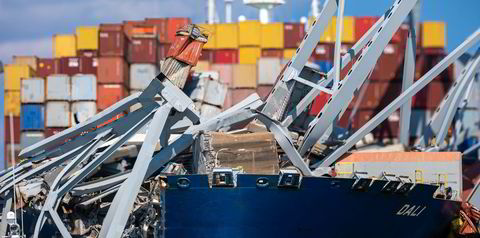On the heels of recent meetings withmanagement, Michael Webber said the company is already starting to initiatenegotiations with shipowners to ensure vessel deliveries will coincide with thestart of the first of four initial trains.
If all goes according to plan andall are up and running between 2015 and 2018, he noted that 16 million tons perannum (mtpa) will be exported on “take-or-pay” contracts that could prompt a requirementfor up to 24 LNG carriers.
“With regards excess production, Cheniere expects toproduce enough LNG on top of its take-or-pay contracts to command 11 voyages ayear in 2016, and 20, 24, 33, and 35 a year from 2017-2020 [respectively],” theanalyst added in a report sent to clients.
WhileWebber believes Cheniere’s funding and capital structure are still in question andadmits he is “naturally predisposed to assume delays in the constructionprocess”, he said the company’s construction partner, Bechtel, boasts a solidreputation and proven track record.
“We cameaway from the meetings [with Cheniere in Houston and Louisiana] surprised athow aggressively management talked to the expedited time lines, and came awaymore convinced that material US LNG exports from the gulf could be a 2015-16event,” he said.
The analyst alsonoted that Cheniere’s Corpus Christi project is one of 12 “serious” US liquefactiondevelopments awaiting approval from federal energy regulators that could cumulativelyprompt requirements for up to 190 vessels in total through 2018.




